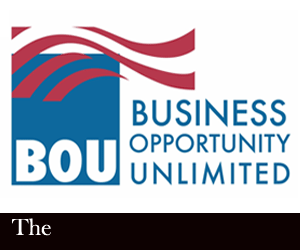
Tim Hortons Plans 900 new outlets
The big coffee and doughnut chain said new locations in Canada will focus on growth markets in Quebec, western Canada and major urban locations, as well as Ontario. The company had about 3,000 stores in Canada at the end of 2009 and sees potential for another 1,000 across the country.
U.S. expansion will focus on existing regional markets in New York, Ohio and Michigan. It plans to differentiate its brand through a new concept restaurant design to be piloted in at least 10 existing locations. The new concept features a “dramatic re-imaging” to define itself as a cafe and bake-shop destination.
At an investor conference, the company said a key part of its U.S. strategy is to become “famous” for its core coffee and baked goods, and so it will add the words “Cafe & Bake Shop” to its logo. “We have to call out what we are,” said David Clanachan, chief operations officer for U.S. and international at Tim Hortons.
He said the company’s new U.S. store concept will have the feel of a cafe inside and out, with goods baked before customers' eyes, equipment moved out of the way to create more opportunities for interaction with staff, and tables and chairs that aren’t fastened together or to the floor.
The company also plans to complement its standard restaurant-development activity in Canada and the U.S. with non-standard formats and locations, extending its reach in hospitals, universities and colleges, airports and other non-traditional sites.
As part of its overall development strategy, Tim Hortons will target smaller communities in Canada, mostly with standard restaurants, though it will also test a new, flexible restaurant design in these communities.
The chain will extend its co-branding initiative with Cold Stone Creamery and plans to convert up to 60 locations in Canada in 2010 to include the Cold Stone Creamery concept. In the U.S., it plans to co-brand 15 to 20 existing locations and open 10 to 15 new restaurants as co-branded locations in 2010.
For 2010, Tim Hortons is also projecting operating income growth of 8% to 10% and same-store sales growth of 3% to 5% in Canada and 2% to 4% in the U.S. Capital spending for 2010 is projected at C$180-C$200 million.
Beyond 2010, it’s targeting share earnings growth of 12% to 15% on a compound annual average growth rate basis from 2011 to 2013.
Executives said that, while Tim Hortons does most of its business in the morning and snack periods, it sees room for growth at all times of day, notably lunch and dinner through the launch of new products that appeal to its “on-the-go” customers.






























 +91 9909960054
+91 9909960054